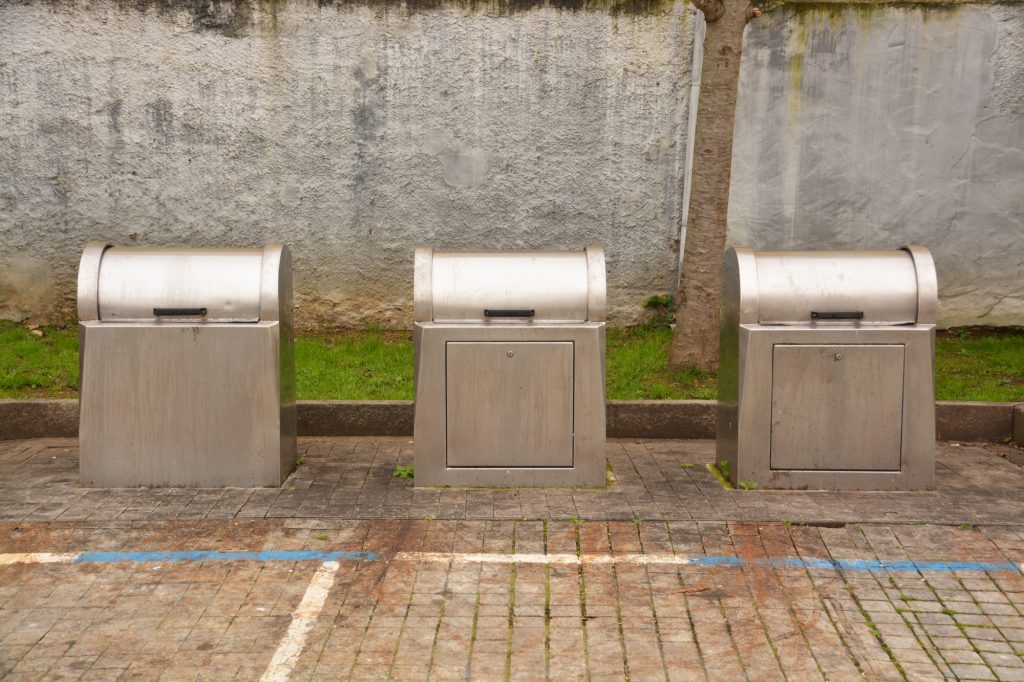
Cities across the world are growing, and so is the amount of rubbish they use. In fact, the citizens of London throw out more than 3.7 million tonnes of waste each year. That is the equivalent of over 1,500 Olympic-size swimming pools filled with rubbish!
Not only is the amount of properly disposed trash rising, but so is the amount of litter. City governments are desperately trying to find ways to keep their communities clean while also preserving the area’s space and aesthetic style.
This is where underground compactors come in to play. These systems are becoming an increasingly popular method of waste management. And for good reason.
Not only do they take up only a small amount of visible and physical space above ground but they also can hold a large amount of waste. Cities across the world have been installing these systems to great effect.
Curious as to how it all works? Read on, and we’ll walk you through the complete guide to underground trash compactors.
A Guide to Underground Trash Compactors
Underground compactors are an efficient and smart way to dispose of waste in busy, urban areas.
Here’s how it works: A small bin is placed above ground. Citizens can put their waste in this bin like they would with a regular trash bin.
These bins can also be customized in size, shape and colour. This allows them to fit easily into the environment so they do not stick out or appear unsightly. A city can preserve its aesthetic this way while also remaining clean and hygienic.
Underground, beneath the bin, is a large compactor. These compactors can range in size. Standard sizes are usually 10m³, 16m³ and 20m³. But if the situation calls for it, compactors can hold more than 100m³ of waste!
2 Types of Underground Compactors
Generally, there are two types of underground compactors: Sir Lift and Swing. The main difference between these two is how they are lifted out of the ground.
Sir Lift Compactor
A Sir Lift compactor uses hydraulics to lift straight up. Once above ground, the compactor can easily be rolled out so the rubbish inside can be disposed of.
This is a compactor which is placed within a metal frame on a platform which moves vertically up and down.
Swing Compactor
A Swing compactor acts similarly to a Sir Lift although it uses a vehicle hook system. This method inclines the compactor so that the structure can be pulled out at an angle.
By using a swing compactor, you are replacing hydraulics with gravity. This eliminates the need for an electric motor.
Both types of compactors are kept at a cool temperature. They also continually press waste that is dropped into the above litter bin.
Multi-Bin Compactor
Underground compactors can have one bin for general waste or they can use multiple bins for different kinds of waste.
This is a great way to condense resources. Now, cities can have bins for recyclables and general waste and use the same underground structure for both. They can also have bins for wet and dry compacting.
This is both more environmentally conscious and saves space underground.
Benefits of Underground Waste Compactors
Underground waste compactors come with a lot of advantages.
The fact that they are temperature controlled means that they are kept cool in the warm months. This acts as an odour-control and prevents unpleasant smells from overwhelming the city.
In the cold months, the compactor is kept warm enough so that the trash does not freeze. Frozen rubbish is difficult to compress and also remove.
Space Saver
Perhaps the biggest benefit of underground compactors is the amount of space they save.
The fact that a structure can hold over 100m³ of waste and it only appears to take up the size of a small rubbish bin is revolutionary for waste management.
Because the rubbish is continuously pressed, this means longer intervals between compactor disposal. Longer intervals mean fewer disturbances to the public space and less slowing of foot and auto traffic.
Automatic Compacting
Some underground compactors come with optical sensors. These sensors inform the machine when rubbish is entering the system so that it can immediately press the waste.
Compactors can also come with a signal which alerts waste management when it is full. The system can even send text messages and emails to different addresses. This allows for maximum efficiency so that the waste can always be disposed of at the right time.
Keep out Unwanted Visitors
Because of the below-ground location of the compactor, the waste is protected. The litter bin cannot be tipped over which can often be a burden to cities.
Also, vandals and other unwanted parties such as cats, birds, and rats cannot reach the rubbish.
In Kissimmee, Florida, the city installed 17 underground compactors to help protect against rummaging bears.
Reduced Costs
The longer emptying intervals are a great money saver for cities. The costs of trucks picking up rubbish are reduced because they now travel less often. This also brings fewer costs for the maintenance of those trucks.
Plus, by using trucks less often, fewer fossil fuels are used which means reduced greenhouse gas emissions.
The Right Underground Compactor for You
Hopefully, this guide to underground trash compactors helped give you a new appreciation and understanding of these efficient waste management systems.
Looking for an underground compactor for people in your area to use to throw their trash out? We offer both Sir Lift and Swing compactors. Enquire today!
